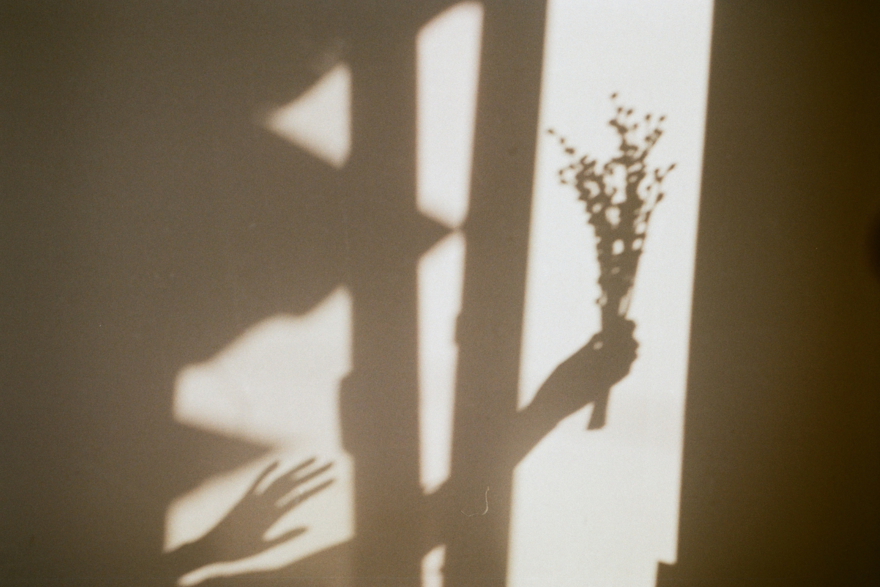Integrating the shadow.

Have you watched Stutz? It’s the documentary Jonah Hill made about his therapist, Phil Stutz. The film introduces many of the doctor’s tools and techniques, including his way of working with Shadow.
As he explains it, your Shadow is the part of yourself that you are ashamed of, the part of you that you wish didn’t exist. To resolve our problems, he advises that we talk to our Shadow, and ask it how it feels to be denied and avoided.
Stutz says that to face and engage with your Shadow, you have to visualize it. You need to have a picture of it in your mind.
We do this for all of our characters when we write them: we describe them and visualize them. It takes energy and practice to do this: we need extra psychological space to inhabit the consciousness of our characters. Especially when they’re antagonistic to each other, and/or very different from the way we see ourselves!
When I was struggling to write my way out of my novel’s Act 2, I scheduled a session with my friend (and hypnotherapist) Carmen Spagnola.
Because I was writing the novel in first person POV and I was so embodied in the scenes, Carmen asked me to separate myself from my protagonist. She worked with me in trance to help me dissociate from the character I was writing.
After our session, I could see more clearly how my character was going to integrate some of what she was avoiding. I also made the psychological space I needed to inhabit other characters in my story. This made it possible to write the ending of the novel.
The lesson I learned: if we over-identify with one of our main characters, it can make it hard to write through their integration and change. It becomes impossible to write our story’s resolution.
The work that Stutz encourages us to do with our Shadow is useful for writers, too. If you’re caught in the murky middle of your story, turn to face the shadow of your story.
What is your protagonist avoiding or trying to escape?
What must change in order for them to resolve this perspective, character, or situation in the story?
If you’re really stuck, you can also use the tool on yourself.
What are you avoiding or trying to escape?
To finish writing your story, you may need to face and engage with an idea, perspective, or version of yourself that it is easier not to look at.
Here are some reflection questions for you this week. If you’d like, use a tarot deck to infuse each answer with symbols. Or, you could simply journal for 5 minutes on each question, and let the answers rise in your freewriting.
Who will you be when you finish writing your book?
What will you have to lose or outgrow in order to be that person?
What might happen if you change?
What might happen if you don’t?
You can also learn about Phil Stutz’s method of working with Shadow in his book, The Tools. I actually prefer reading his books to learn his techniques. The documentary is a lovely ode to him and his work, but it’s also a lot about Jonah Hill, if you know what I mean. ;)

Photo credit (top): Tanya Trofymchuk on Unsplash.

1 comment
Great article and resources!
Leave a comment